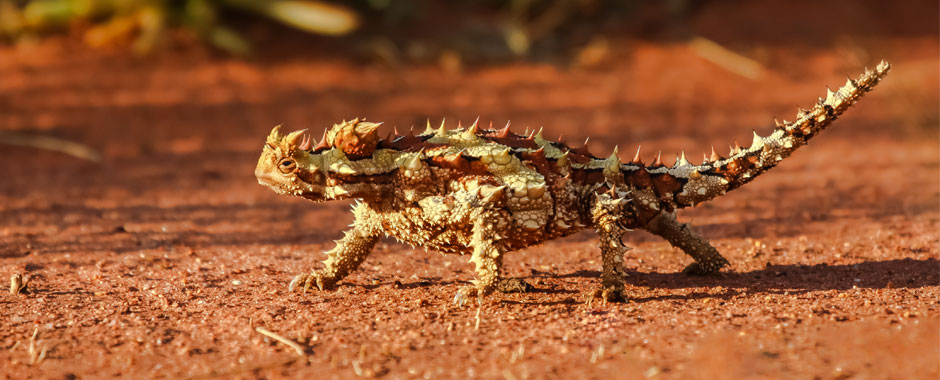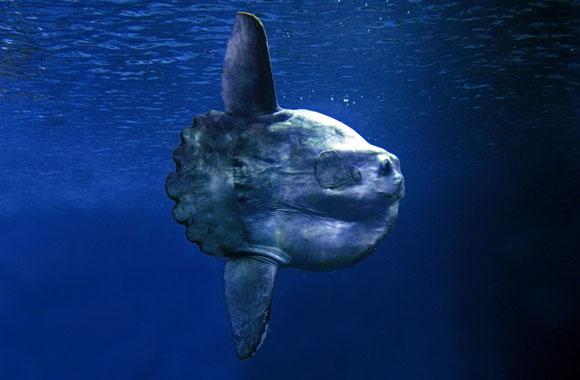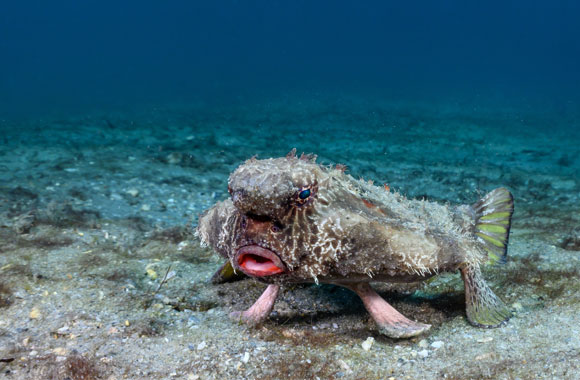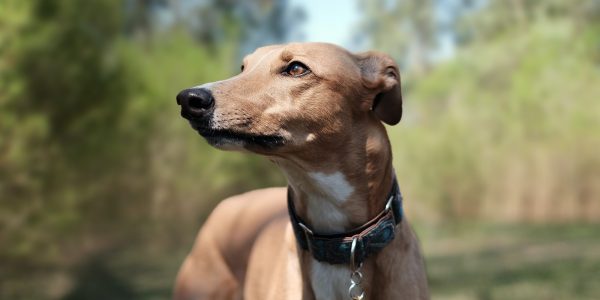Still, we are victims of cultural conditioning, and we tend to gravitate to animals who appear cuddly and friendly — even if we know we must admire them from a safe distance. These animals tend to be furry or have facial expressions and body language we can easily read, or that mimic that of human babies.
Recognising that we may favour certain qualities or characteristics in animals is the first step in addressing our biases. Next is asking lots of questions, to ourselves and others, to free our thinking and recalibrate our direction.
Remember the blobfish? This fish unfairly received worldwide fame after being labelled the world’s ‘ugliest’ animal. People who fueled their curiosity with a little research were quick to realise that when left alone in their natural habitat hundreds of meters below the water’s surface, the blobfish looks just like any other fish. Sadly, when dragged out of the deep-sea home that their bodies were designed for, they swell due to the dramatic drop in pressure. The lesson here is that blobfish are their best and most beautiful selves when left alone to be blobfish!
It can be challenging to think outside our cultural conditioning, but it is a key to unlocking the better world we all dream of. Inherited thinking, passed down from those before us, has shaped our thinking of what is ‘beautiful’, what behaviours are ‘normal’, what food is ‘normal’, and so on. Remedying this is as simple as letting our curiosity shine through, and nurturing the curiosity and wonder of younger generations.













